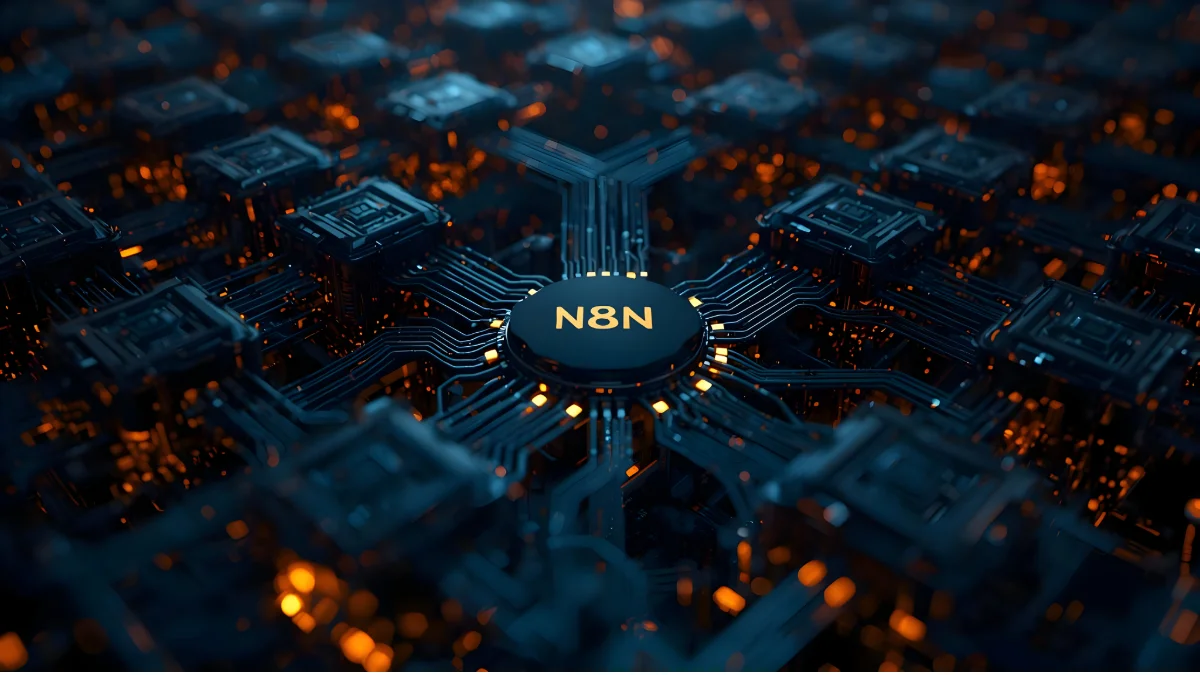1.
What is Wi-Fi 6?
As internet usage continues to increase rapidly and the number of connected devices grows, wireless connectivity technologies keep evolving in terms of speed and security. The Wi-Fi 6 standard, also known as IEEE 802.11ax, stands out as one of the most advanced Wi-Fi technologies addressing these needs. So, what is Wi-Fi 6, what advantages does it offer, what are its security risks, and how does it work with cloud integration? Let’s explore step by step.
Let’s begin by answering the frequently asked questions such as what is a Wi-Fi 6 modem and what is Wi-Fi 6 technology! Wi-Fi 6 is a wireless communication technology that delivers higher speeds, lower latency, and more efficient connectivity compared to the previous Wi-Fi 5 (802.11ac) standard. It is particularly notable for maintaining performance in environments where many devices are connected simultaneously. This means that when using a Wi-Fi 6-enabled modem, you can benefit from higher speed limits, improved capacity, increased power, reduced latency, and extended coverage.
Wi-Fi 6 Technology Features and Advantages
In the world of wireless internet, speed and efficiency have become increasingly important. Wi-Fi 6 is a wireless communication technology that offers higher speed, lower latency, and more efficient connectivity compared to the previous Wi-Fi 5 standard. It stands out with its ability to maintain performance even in environments where many devices are connected simultaneously. Moreover, Wi-Fi 7 (802.11be), the next-generation standard that builds on Wi-Fi 6, has started to make its way into our lives with significantly higher speeds and reduced latency. Here are some of the key advantages Wi-Fi 6 offers over Wi-Fi 5 technology:
- High Speed and Performance: Wi-Fi 6 provides theoretical data transfer speeds of up to 9.6 Gbps, minimizing speed drops in high network usage.
- Reduced Latency: Ensures more stable connectivity for online gaming, video conferencing, and live streaming.
- OFDMA: Increases network efficiency by transmitting data to multiple devices simultaneously.
- MU-MIMO: Enables simultaneous high-speed data exchange for multiple devices.
- Target Wake Time: Optimizes device wake times for connectivity, helping save battery life.
- Enhanced Security: Provides stronger encryption and data protection with WPA3.
2.
Differences Between Wi-Fi 5 and Wi-Fi 6
As Wi-Fi technology evolves, it brings major improvements in speed, capacity, and security. Wi-Fi 6 (802.11ax) delivers a stronger and more efficient wireless connection experience in both home and business environments compared to Wi-Fi 5 (802.11ac). You can find the key differences between the two technologies in the table below:
| Feature |
Wi-Fi 5 |
Wi-Fi 6 |
Advantage |
| Maximum Speed |
3.5 Gbps |
9.6 Gbps |
Wi-Fi 6 offers nearly 2–3 times faster speeds than Wi-Fi 5. |
| Latency |
Medium |
Low |
Provides a more stable connection for online gaming and video conferencing. |
| MU-MIMO Support |
Downlink only |
Both uplink and downlink |
Enables more efficient data exchange across multiple devices. |
| OFDMA |
No |
Yes |
Allows multiple devices to receive data simultaneously, increasing network efficiency. |
| Device Density |
Medium |
High |
Minimizes performance drops in crowded networks. |
| Security |
WPA2 |
WPA3 |
Provides stronger encryption and better data protection. |
| Energy Efficiency |
Standard |
Target Wake Time (TWT) |
Extends battery life, ideal for IoT devices. |
| Spectrum Usage |
Uses only the 5 GHz band |
Uses 2.4 GHz and 5 GHz; Wi-Fi 6E adds 6 GHz support |
Provides more efficient and wider coverage. |
3.
Wi-Fi 6 Security Risks
Although Wi-Fi 6 uses more secure protocols, security risks are not completely eliminated. Here are the main Wi-Fi 6 security risks:
- Rogue Access Points: Fake hotspots may cause unintentional connections leading to data leakage.
- Weak Encryption: If legacy devices connect using WPA2 instead of WPA3, risk levels increase.
- IoT Device Vulnerabilities: Security flaws in connected smart devices can impact the entire network.
- Insufficient Network Monitoring: Without proper monitoring, cyberattacks may go unnoticed in corporate networks.
Wi-Fi 6 Security Measures
- Use of WPA3 encryption
- Regular firmware and software updates
- Network segmentation to isolate critical systems
- Network monitoring with cloud-based security solutions. Have you tried GlassHouse cloud services?
4.
Wi-Fi 6 and Cloud Integration
The integration of Wi-Fi 6 with cloud-based systems simplifies network management and security. For example, all access points and devices can be centrally managed via the cloud. Traffic analytics, device behavior, and performance reports can be monitored in real time. Additionally, firmware updates and security patches can be pushed quickly through the cloud. With cloud-based platforms, large numbers of connected devices can be secured and managed efficiently. If you would like to receive support from our professional team for the design and management of cloud infrastructure (Private Cloud) tailored to your critical applications and business processes, click here! You may also be interested in our article where we explain cloud servers.








